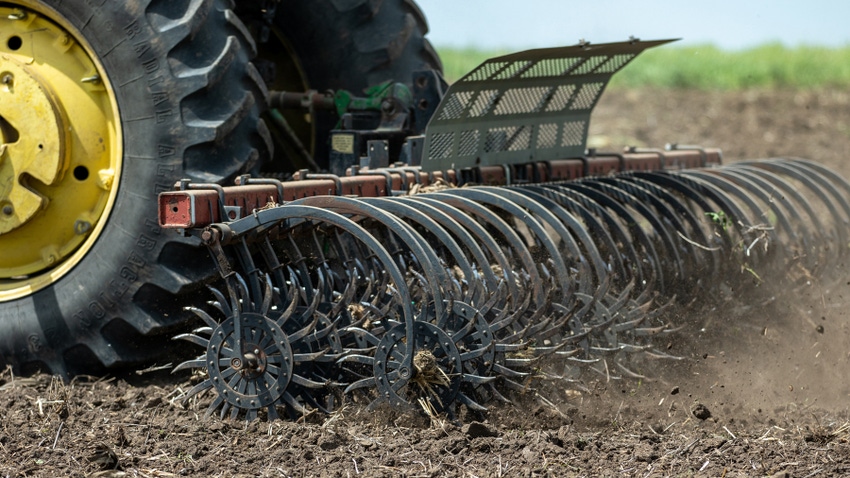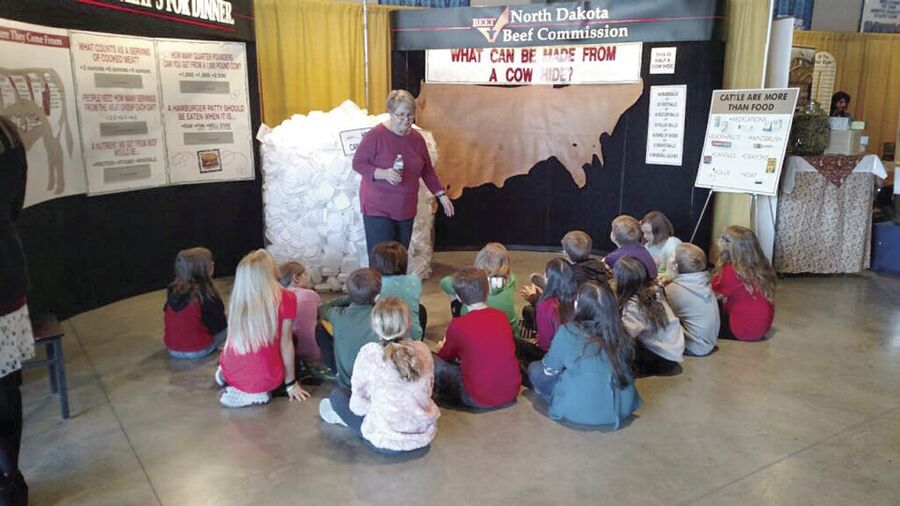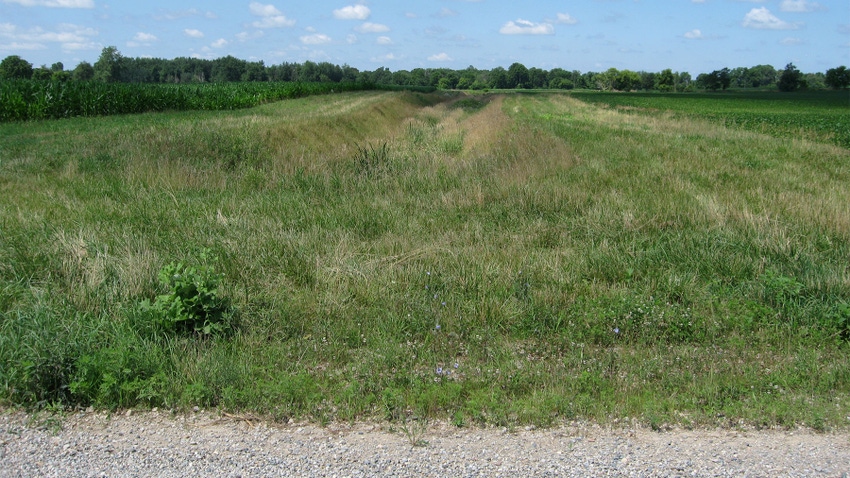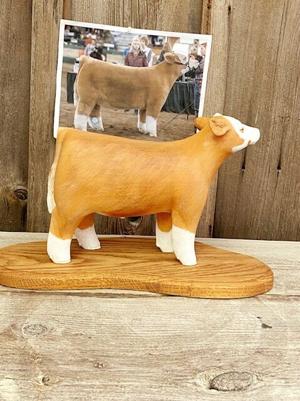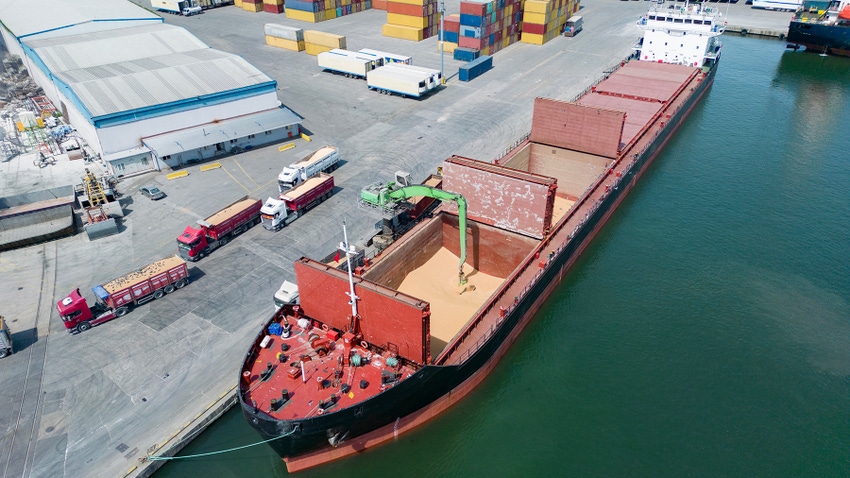From farmprogress.com, written by Alice in Dairyland’s Ashley Hagenow:
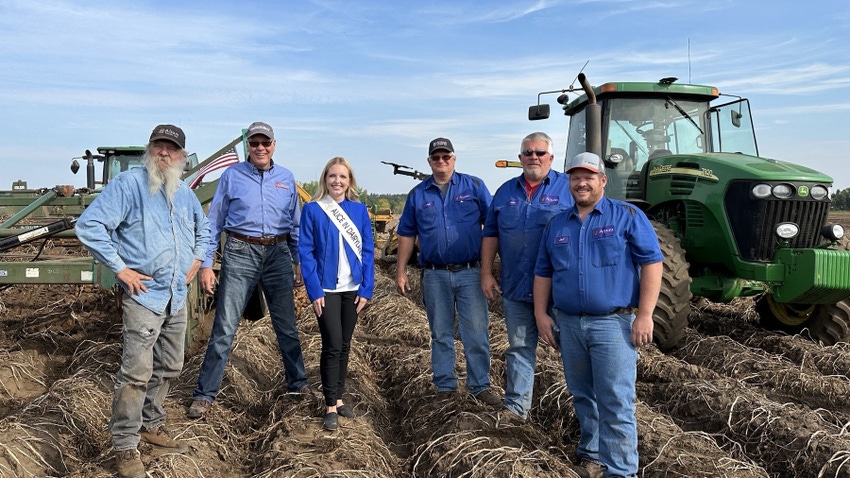
The diversity of Wisconsin’s agriculture industry is one of our greatest strengths. Let’s “dig up” some interesting information about Wisconsin-grown potatoes!
Last fall, I headed over to Alsum Farms and Produce in Adams, Wis., for a tour. Alsum states its story started “five decades ago in a 600-square-foot potato shed, with one man, Glenn Alsum, one vision, and a work ethic framed by dedication and service.”
Alsum Farms and Produce now has 600 times the original storage and production space, and 325 times the employees. The farm produces 200 million pounds of potatoes every year.
The beginning of our tour started at Alsum Farms’ Adams storage facilities, where we saw how potatoes are handled after they have been harvested from the fields and what it takes to store them – ensuring year-round availability of fresh, high-quality potatoes. Though Alsum stores potatoes by the thousands instead of in 5-pound bags, the same concepts apply to preserve storage quality.
According to the Wisconsin Potato and Vegetable Growers Association, you should always store potatoes in a cool, dark, well-ventilated place, but not too cold. You should never store them in your refrigerator, on your countertop, or in areas that get warm like next to the oven or under the sink. You should also keep your potatoes unwashed until you are ready to use them, as a wet potato will spoil quickly.
After the storage facilities, we headed over to “help out” with the harvest. Like a well-oiled machine, four tractors and a semitruck go through the field, harvesting in unison. As one semi fills with fresh potatoes, another one is close behind to take its place in line. Alsum’s fields are harvested each fall, and potatoes can be stored up until the following year’s harvest begins.
Wisconsin’s farmers grow six varieties of potatoes – russet, round white, round red, yellow flesh, blue and purple – providing consumers diverse choices for all their potato needs, even when shopping local. Wisconsin is the third-largest potato-producing state in the nation, behind Idaho and Washington.



